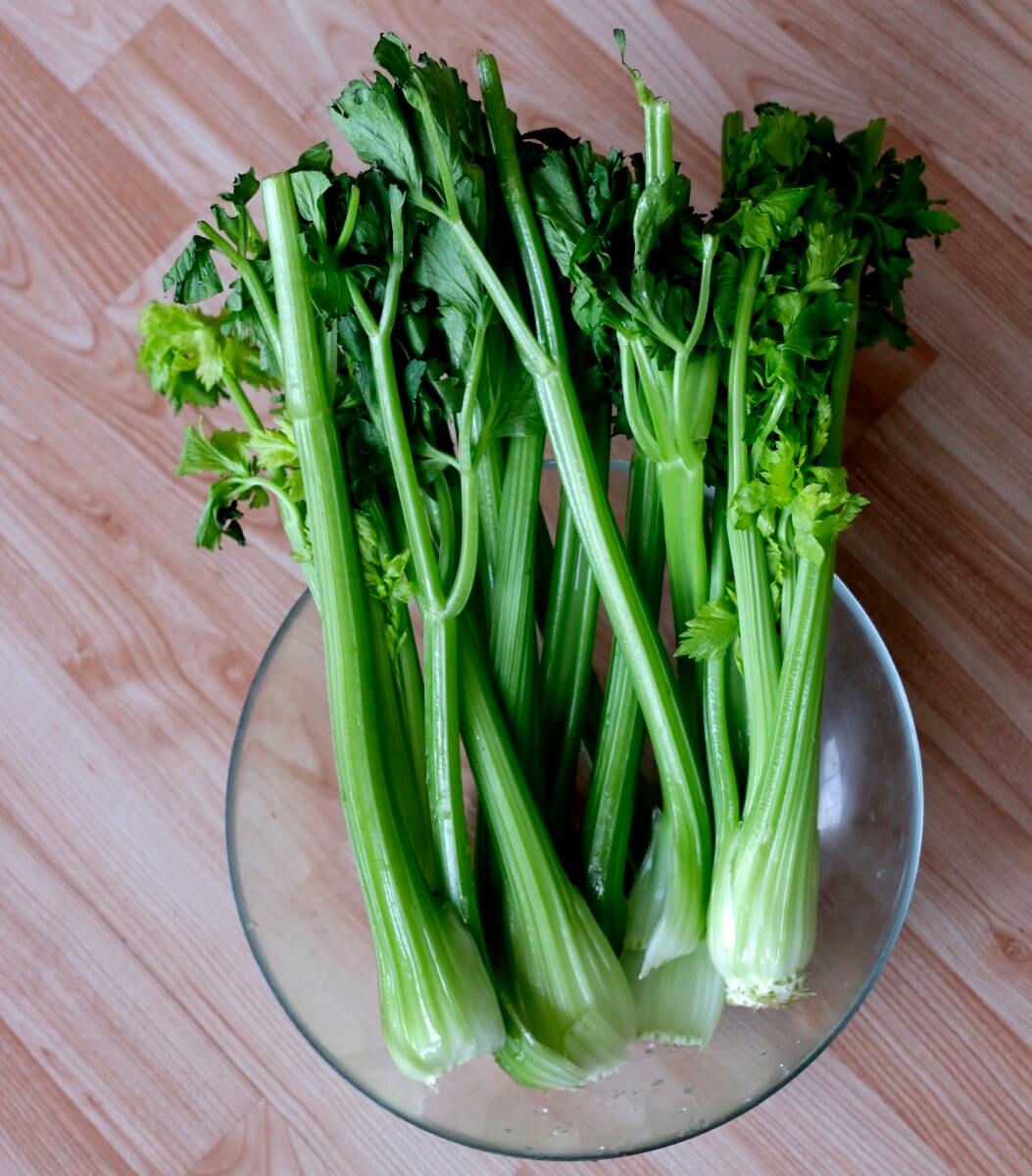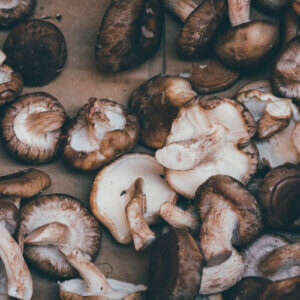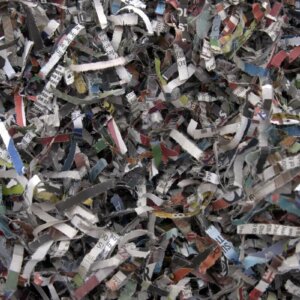If you want a gardening challenge, try growing celery. Celery requires a long growing season, plenty of sunshine, lots of water, tender loving care, and infinite patience.
A popular herb in the parsley family with its crisp, crunchy texture and delicate earthy flavor, celery is one of America’s favorite vegetables. In fact, according to the USDA, we consume more than 15 million tons of the leafy, fibrous plant a year. That’s more than 5 pounds for every man, woman, and child in the country.
Unfortunately, celery purchased at the supermarket and commercially grown with the aid of chemical fertilizers, herbicides, and pesticides is likely the most toxic laden fruit or vegetable in the entire produce department. Many healthcare providers committed to a holistic lifestyle advise, “If celery is not cultivated organically, don’t eat it!”
Related Post: The Scoop on Organic Fertilizer: Is It Right for Your Garden?
The entire plant (leaves, stalks, seeds, and root) is edible. Celery is eaten raw in salads and slaws or cooked as a key culinary flavoring ingredient in soups, sauces, casseroles, gumbos, and savory stews.
If you want the celery you feed your family to be fresh, tender, packed full of flavor, and free of chemicals, read on to learn a few helpful hints for growing your own abundant supply.
Celery Growing Conditions
Celery can be a challenge to cultivate in the homestead garden. Celery will only grow in regions where the winters are mild and the summers are relatively cool. Celery cannot tolerate cold or frost and will wither and wilt if daytime temperatures are too high. It requires lots of moisture, so make sure to provide plenty of water throughout the growing season.
Even though many growers consider celery a crop for experienced gardeners it’s relatively easy to grow as long as you pay attention to the plant’s specific needs: fertile soil, lots of water, and plenty of sunshine.
As a general rule of thumb, if you live where the spring and early summer temperatures are cool, plant in early spring. If you garden where the spring and summer are warm, plant in late summer for harvest late in the fall or early winter.
Preparing Your Soil To Plant Celery
Celery requires nutrient-rich, moist, well-drained soil. Choose an open garden spot with soil that is fertile and loamy. Celery does best in a spot that is typically cloudy and cool. It will grow in partial shade, but too much shade and the stalks will be tough and stringy.
Till the garden plot to a depth of at least 8 inches, removing rocks, roots, and weeds. Break up dirt clods until the soil is loose and crumbly. Add a generous amount of well-aged herbivore manure (goat, sheep, cow, horse, llama) and work it into the soil.
Although you can prepare the soil just prior to planting, seasoned growers suggest you work the soil by adding manure and garden compost in the fall. Cover the celery patch with a thick layer of green composting material such as dried leaves, untreated wood chips or sawdust, dried grass clippings, or plant debris.
Water well to thoroughly saturate compost materials and soil. Cover the plot with a layer of thick, black landscape plastic and wait for spring. Allow Mother Nature to do her work decomposing the nutrient-rich organic material. In early spring, when the soil is workable, till the compost into the soil, rake, and recover the garden plot with plastic until it’s time for planting celery seedlings.
Related Post: Soil Testing
At this point you should check the pH of the soil. Ideal soil pH for growing celery is between 5.8 and 6.8. Test kits for soil pH are available for purchase online or from local home and garden stores. However, the most reliable test is to take a soil sample to your local county extension office for testing and amend it as recommended.
Starting Celery From Seed
Because celery is a slow grower, start seeds indoors at least 10 to 12 weeks before the last frost date. In order for the tiny seeds to germinate, it is essential that the soil is kept evenly moist. Do not cover the seeds with soil. Sprinkle the seeds sparsely on top of potting soil in starter trays.
Celery seeds require good light. Tap the seeds gently into the soil and cover with clear plastic wrap to trap moisture. The seeds take about 7 to 10 days to germinate.
Related Post: How To Start Transplants
For best germination results, use a soil mix specifically formulated for seed-starting. Mist the seeds with tepid water daily to maintain uniform soil moisture. Remove the plastic covering when the seeds start to germinate, and you can see a bit of greenery.
Planting Celery Seedlings Outdoors
Seedlings should have five to six leaves before transplanting outdoors. Celery is not frost hardy so wait until all chance of a late-spring frost has passed before transplanting young seedlings to the outdoor garden. Check the soil temperature and delay planting until the soil warms to 50 degrees Fahrenheit.
Plant seedlings in rows spaced 12 inches apart and space the plants 6 to 8 inches. Planting close together increases yield and produces tall, tender stalks.
Celery does not like to compete with weeds, so weed regularly. Use caution so as to not disturb the celery plant’s shallow and delicate roots. As the plant matures, tie the stalks together to keep them from sprawling. Celery requires 14 to 16 weeks to reach maturity.
Companion Planting For Celery
Celery is a beneficial companion plant for English peas, spinach, lettuce, endive, and romaine.
Related Post: Companion Planting For Celery
Avoid planting celery in close proximity to cucumbers, squash, or pumpkins. To learn more about companion planting for celery, check out this article.
Water And Fertilizer Requirements
Monitor rainfall, and supplement water as required to keep the soil uniformly moist, but not soggy. The root of the plant will rot in soil that accumulates standing water. On the other hand, if plants are allowed to dry out, the stalks will be bitter, tough, and fit for the pigs.
Fertilizer is as essential to celery growth as water. In addition to enriching the soil before planting, top dress the plants with aged manure or garden compost monthly. A weak fish emulsion bi-weekly encourages leaf development.
Why Grow Celery?
Although celery is a bit fussy, growing your own is worth the effort. Homesteaders growing organic celery as a supplemental cash crop, note that celery is their best selling and most profitable product at the farmer’s market. Leaves, seeds, and stalks can be canned, pickled, frozen, or dehydrated for off-season consumption.
Related Post: Canning
If you are growing celery to sell at the fresh market, plant the seedlings in batches a week apart to ensure a plentiful supply throughout the summer season.
History Of Celery
Celery grows wild throughout Europe and was first cultivated in the Mediterranean region more than 3,000 years ago. It wasn’t until the early 1600s, however, that the fabulous chefs of France adopted the celery plant as an essential culinary ingredient to flavor meat and fish.
Medicinal Benefits Of Celery
For thousands of years, the celery plant has been valued for its impressive medicinal properties and plays a significant role in traditional folk medicine.
Containing compounds that function as a surface cleaner and a high fiber content, celery is a natural tooth paste and contributes to good dental hygiene. Celery is also an excellent source of beneficial antioxidants and enzymes.

Loaded with essential vitamins and minerals such as vitamin B6, K, C, and A, and calcium and potassium, celery is also a good source of cleansing dietary fiber.
Adding celery to one’s diet is an effective home remedy for a diverse array of inflammatory conditions like stiff joints, skin conditions, kidney disease, liver infections, gout, and urinary tract infections.
References:
- Growing Celery, Utah State University Extension
- Nutrition Information for Raw Vegetables, U.S. Food & Drug Administration
- A Review of the Antioxidant Activity of Celery (Apium graveolens L), US National Library of Medicine
- Celery, Agricultural Marketing Resource Center













































Where can I get wild rice for planting? I know store rice is often heat treated for consumption. Any recommendations? Websites are helpful😊